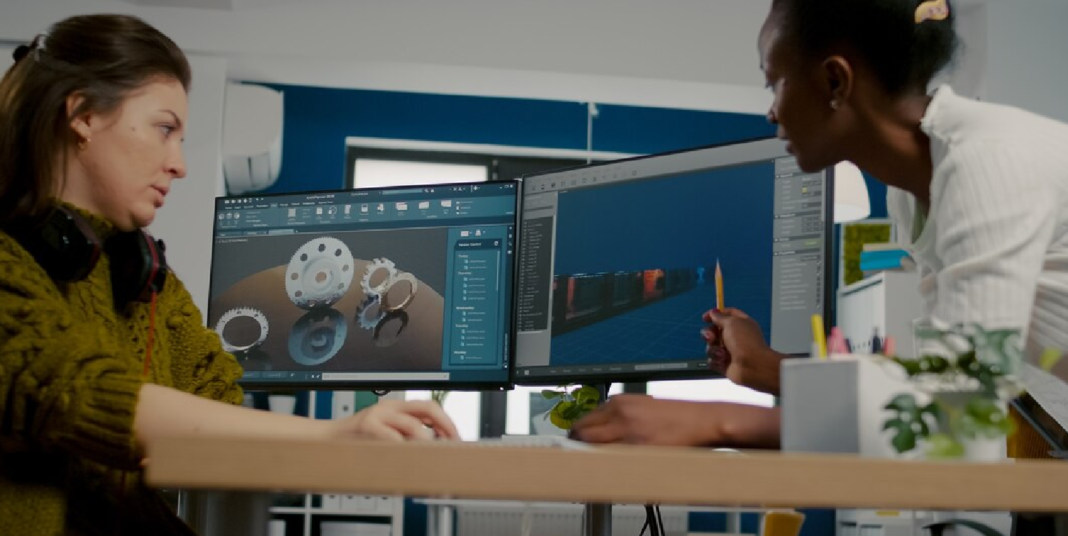In the realm of animation, the journey from sketch to screen has undergone a remarkable transformation over the years. With advancements in technology, particularly in the realm of 3D animation, the workflows have evolved significantly, enabling creators to bring their imaginative worlds to life with unprecedented realism and depth.
This evolution has not only revolutionized the entertainment industry but has also expanded the horizons of 3D animation services, catering to various sectors including gaming, advertising, education, and beyond.
Evolution of 3D Animation Workflows:
-
Traditional Animation Techniques: The roots of 3D animation can be traced back to traditional animation techniques, where artists meticulously crafted each frame by hand. From Walt Disney’s iconic hand-drawn animations to stop-motion techniques pioneered by studios like Aardman Animations, these methods laid the foundation for the art form. While these techniques produced timeless classics, they were labor-intensive and time-consuming.
-
Emergence of Computer Animation: The advent of computer animation in the 20th century marked a significant milestone in the evolution of animation workflows. Early experiments with computer-generated imagery (CGI) paved the way for groundbreaking films like Pixar’s “Toy Story,” which introduced audiences to the possibilities of 3D animation. However, the process still involved considerable manual labor and required specialized software and hardware.
-
Introduction of 3D Animation Software: The proliferation of 3D animation software in the late 20th and early 21st centuries democratized the animation process, making it more accessible to artists and filmmakers worldwide. Programs like Autodesk Maya, Blender, and Cinema 4D empowered creators to model, rig, animate, and render complex scenes with relative ease. This led to a surge in 3D animation services, as businesses sought to capitalize on the growing demand for high-quality visuals.
-
Integration of Motion Capture Technology: Motion capture technology revolutionized animation workflows by enabling artists to capture the movements of real actors and apply them to digital characters. This not only streamlined the animation process but also added a layer of realism to 3D characters’ movements. From blockbuster films to video games, motion capture has become an integral part of modern animation pipelines, further fueling the demand for 3D animation services.
-
Real-Time Rendering and Virtual Production: Recent advancements in real-time rendering engines, such as Unreal Engine and Unity, have ushered in a new era of virtual production, where filmmakers can visualize and interact with digital environments in real time. This technology has been instrumental in projects like “The Mandalorian,” where virtual sets and LED walls replace traditional green screens, offering unprecedented flexibility and efficiency in production.
Impact on 3D Animation Services:
-
Diversification of Industries: The evolution of 3D animation workflows has led to the diversification of industries utilizing animation services. From advertising agencies creating immersive commercials to architects visualizing building designs, 3D animation has found applications across various sectors, driving demand for specialized services tailored to specific needs.
-
Enhanced Visual Quality: With advancements in rendering technology and hardware capabilities, 3D animation services can now deliver stunning visual quality previously unattainable. High-definition textures, lifelike character animations, and dynamic lighting effects have become standard expectations, pushing service providers to continually innovate and refine their techniques.
-
Collaborative Work Environments: Cloud-based collaboration tools have transformed the way animation teams work together, allowing artists and designers to collaborate seamlessly regardless of their geographic location. This has facilitated the emergence of distributed animation studios and remote freelancers, expanding the talent pool and fostering a global community of creators.
-
Personalized Experiences: As consumer preferences continue to evolve, businesses are increasingly turning to personalized and interactive experiences to engage their audiences. 3D animation services play a crucial role in creating immersive virtual environments, interactive product demos, and personalized marketing campaigns, enabling brands to stand out in a crowded digital landscape.
Conclusion:
The evolution of 3D animation workflows has reshaped the landscape of animation and opened up a world of possibilities for creators and businesses alike. From traditional hand-drawn techniques to cutting-edge real-time rendering, the journey from sketch to screen has been marked by innovation, creativity, and technological advancements. As the demand for high-quality visuals continues to grow across various industries, 3D animation services will play an increasingly vital role in bringing ideas to life and captivating audiences in the digital age.


